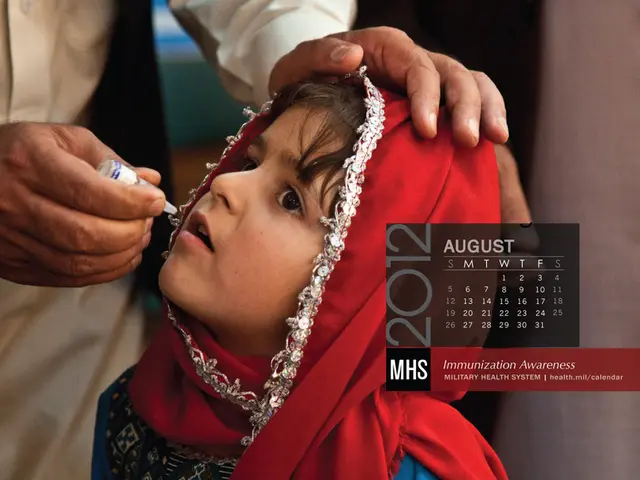Connection and Risk Factors between Breast Cancer and Ovarian Cancer: An Examination
Breast and ovarian cancers? More like two peas in a genetically-linked pod. That's right, these tumors often have a close relationship, chiefly due to some shady genetic mutations. The BRCA1 and BRCA2 genes are the prime suspects, increasing the chances of both cancers in those unlucky enough to carry them.
But it ain't all doom and gloom. While having one cancer could up your odds for the other, it's the shared genetic factors, not the diseases themselves, that do the dirty work. Research suggests that folks with breast cancer are about twice as likely to develop primary ovarian cancer, while those with ovarian cancer face a 1.6-fold increased risk of breast cancer. The timing of the second cancer can impact these risks, though.
What about other shared risk factors? Family history, age, weight, pregnancy history, and lifestyle choices can all play a part. Carrying a BRCA mutation? You're not alone—around a third of families with both ovarian and breast cancer have BRCA1 gene mutations, with nearly 20% sporting BRCA2 mutations[1].
So, what can you do to lower your risk? Some factors are beyond your control, like your genetic makeup or age. But others? They're completely within your reach. Maintaining a moderate weight, getting regular exercise, and limiting alcohol intake are all steps in the right direction. Pro tip: speaking with a healthcare professional about contraception options can also help minimize the risks.
The outlook? It's brighter than a Hollywood red carpet for those diagnosed with both primary breast and ovarian cancer, with 5- and 10-year overall survival rates around 90%. However, the interval between the two diagnoses can impact these odds, with ovarian cancer following breast cancer often showing up later, which ain't good news. Age and time between the cancers are both significant predictors of overall survival.
Worried about signs of recurrence or a second cancer? Chat with your doctor. Staying vigilant and catching issues early is key to a better prognosis.
Want more cancer resources? Check out our dedicated hub for evidence-based info and resources. And remember, knowledge is power. Take control of your health journey and stay informed!
- Enrichment Data:
If you have a family history of breast or ovarian cancer, even without BRCA mutations, your risk of developing these cancers still increases.
Other common risk factors include:
- Age: Both breast and ovarian cancer risks increase with age, particularly after 50 for breast cancer and post-menopause for ovarian cancer.
- Reproductive factors: Early menstruation, late menopause, and having your first child after age 35 can boost the risk, while similar factors may also raise ovarian cancer risks, though evidence is less clear.
- Hormonal factors: Extended exposure to estrogen (e.g., due to obesity or hormone replacement therapy) plays a role in breast cancer risk, while hormonal influences may also impact ovarian cancer risk, albeit less clearly defined.
- Lifestyle and environmental factors: Obesity, a diet low in fruits and veggies, a lack of physical activity, and radiation exposure can all contribute to increased risks for both cancers.
- Breast and ovarian cancers are genetically linked, often due to mutations in the BRCA1 and BRCA2 genes.
- Carrying a BRCA mutation can significantly increase the chances of developing both ovarian and breast cancer.
- Besides genetics, risk factors such as family history, age, weight, pregnancy history, and lifestyle choices can also play a part in the development of these cancers.
- Keeping a moderate weight, exercising regularly, and limiting alcohol consumption can help lower the risk of developing breast or ovarian cancer.
- Women with a family history of breast or ovarian cancer, even without BRCA mutations, still have an increased risk of developing these cancers.
- Other risk factors include age, reproductive factors, hormonal factors, and lifestyle and environmental factors.








